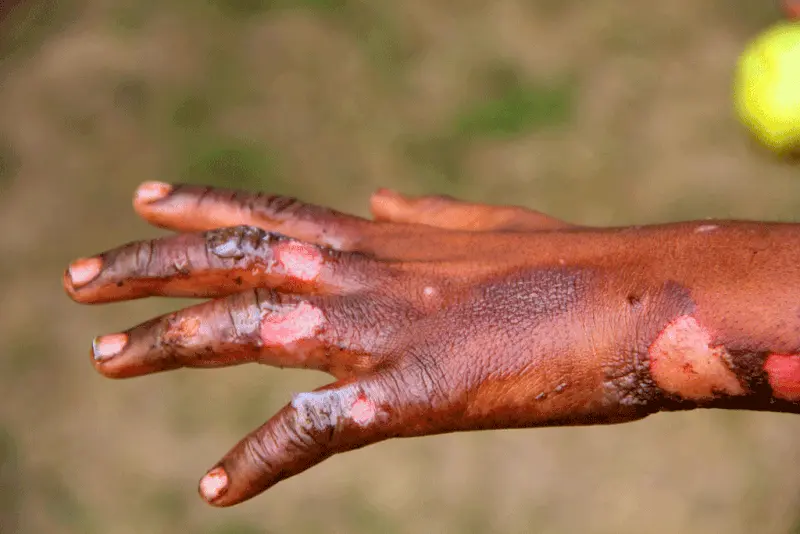Diarrhea in Children: Understanding its Causes, Symptoms, and Management

In this blog, we will discuss diarrhea in children, including its epidemiology, etiology, pathophysiology, classification, diagnosis, management, complications, and prevention. We hope that by the end of this article, parents and caregivers will have a better understanding of this common condition and how to manage it effectively.
Introduction:
Diarrhea is a common condition among children, especially those under five years old. It is characterized by loose or watery stools 3 or more episodes per 24hours, often accompanied by abdominal pain, cramps, and fever. While most cases of diarrhea are self-limiting and resolve within a few days, it can be a cause of concern for parents and caregivers, especially if it is severe or prolonged.
Epidemiology:
Diarrhea is a leading cause of morbidity and mortality among children in developing countries, where poor sanitation, hygiene, and lack of access to clean water contribute to its prevalence. In the United States, it is estimated that children experience an average of one to two episodes of diarrhea per year, with most cases occurring in the summer months.
Etiology:
Diarrhea can be caused by a variety of factors, including viral, bacterial, and parasitic infections, as well as food intolerance, medication side effects, and underlying medical conditions such as inflammatory bowel disease. Rotavirus is the most common cause of acute diarrhea in children, accounting for up to 40% of cases.
Pathophysiology:
Diarrhea occurs when the normal absorption of water and electrolytes in the intestines is disrupted, leading to an increase in the volume and frequency of bowel movements. This can be due to increased secretion of fluids into the intestines, decreased absorption of fluids, or a combination of both.
Classification:
Diarrhea can be classified as acute or chronic, depending on its duration.
- Acute diarrhea lasts less than two weeks and is usually caused by an infectious agent.
- Chronic diarrhea lasts longer than four weeks and may be due to underlying medical conditions such as celiac disease or inflammatory bowel disease.
Diagnosis:
The diagnosis of diarrhea in children is based on a combination of clinical symptoms, such as loose or watery stools, and laboratory tests, such as stool culture or antigen testing. In some cases, imaging studies such as ultrasound or endoscopy may be necessary to rule out underlying conditions.
Management:
The management of diarrhea in children is aimed at preventing dehydration by using WHO rehydration plans (plan A,B and C), maintaining adequate nutrition, and treating the underlying cause of the condition. This may include oral rehydration therapy, probiotics, antibiotics, and antidiarrheal medications. In severe cases, hospitalization may be necessary.
Complications:
Complications of diarrhea in children can include dehydration, electrolyte imbalances, malnutrition, and secondary infections. It is important for parents and caregivers to monitor their child’s symptoms closely and seek medical attention if they are concerned about their child’s health.
Prevention:
Preventing diarrhea in children involves promoting good sanitation and hygiene practices, including frequent hand washing, safe food handling, and access to clean water. Vaccination against rotavirus is also recommended for infants to reduce the risk of infection.
In summary, diarrhea is a common condition among children that can be caused by a variety of factors. It is important for parents and caregivers to be aware of the signs and symptoms of diarrhea and to seek medical attention if they are concerned about their child’s health. By promoting good sanitation and hygiene practices and vaccinating against rotavirus, we can help reduce the incidence of diarrhea in children and improve their overall health and well-being.






Responses